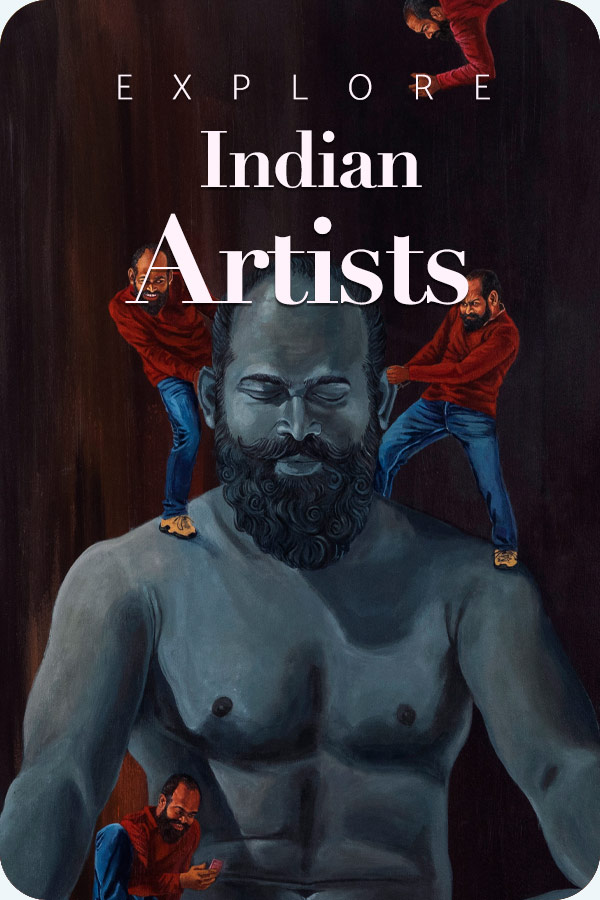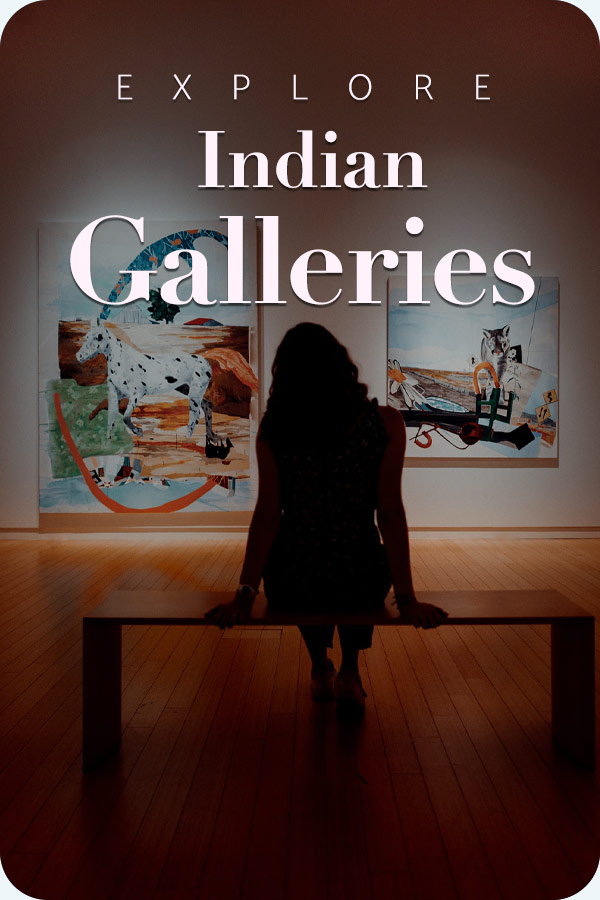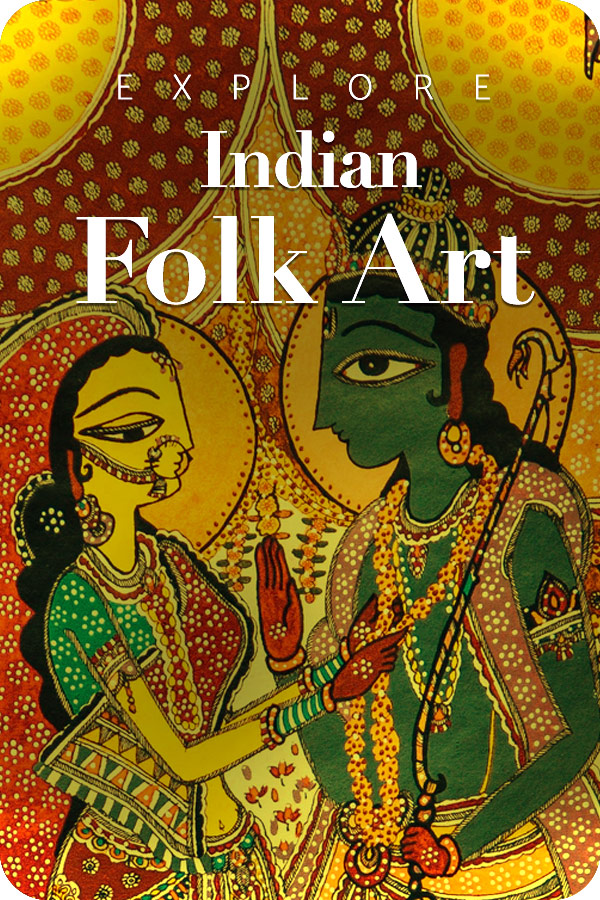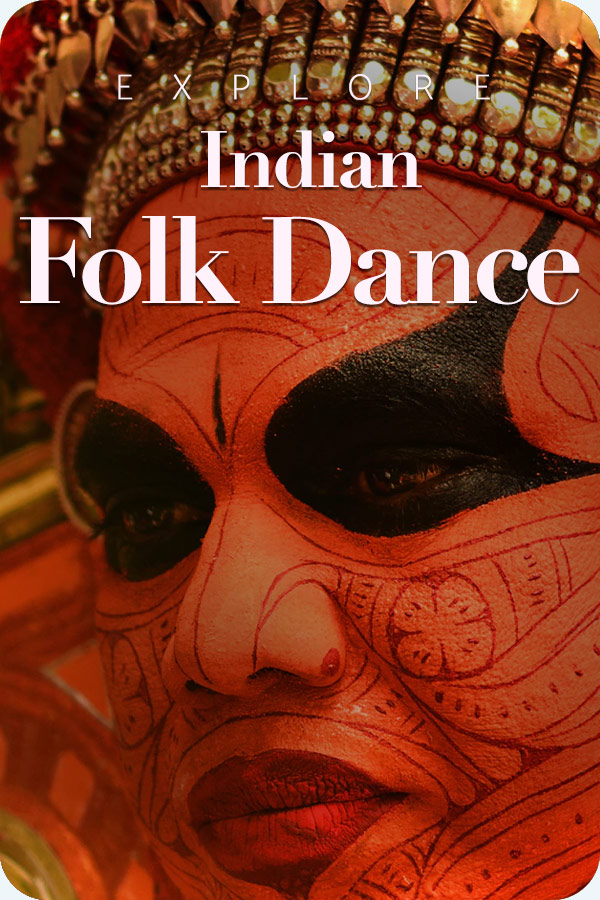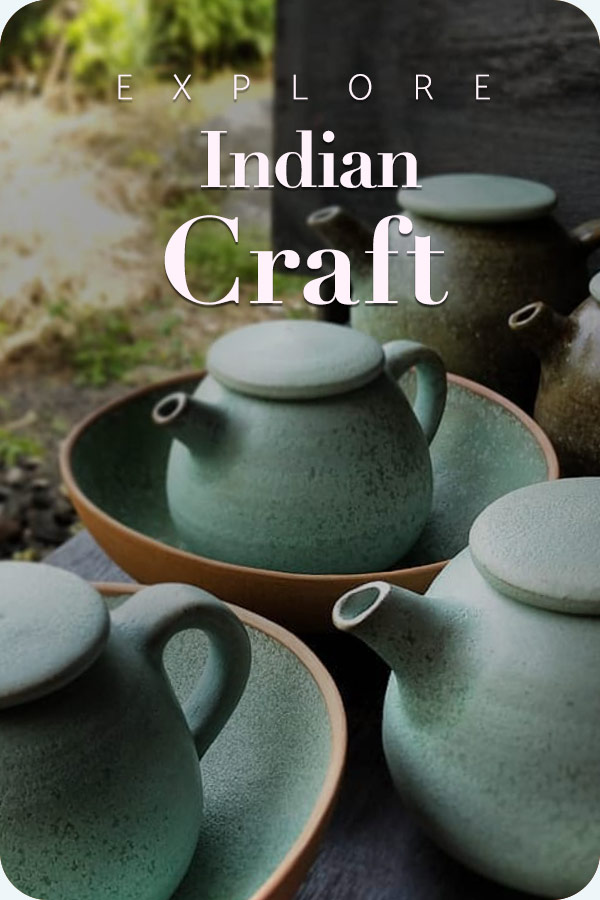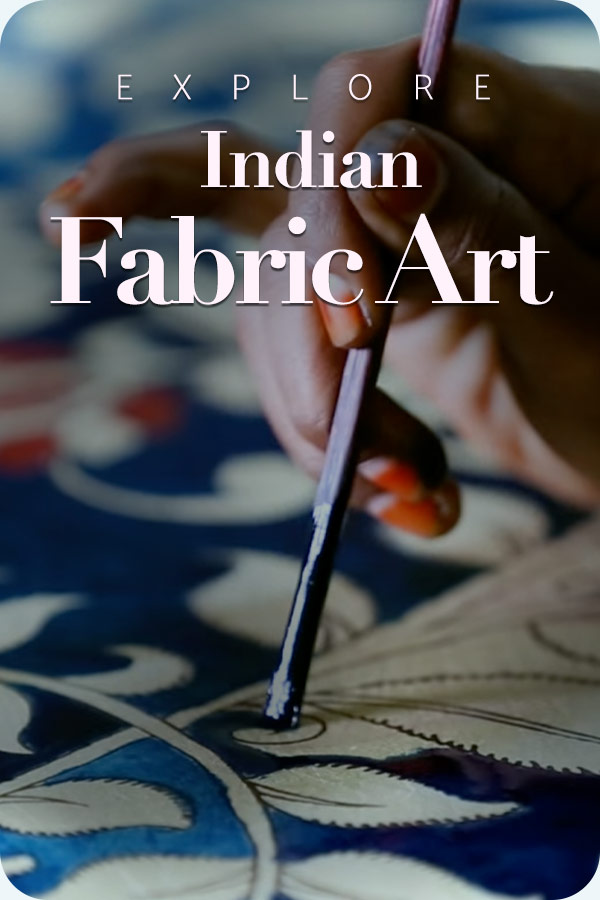
Kerala is the land of rich culture and arts. Mohiniyattam is a major proponent of the dance forms in Kerala and distinctly recognized by its off white sari and graceful moves. One of the eight main classical dances of India, Mohiniyattam is important, because it has a strong regional influence and is performed with unparalleled skill and elegance in Kerala. But the dance form has seen its share of ups and downs. From being a flourishing art form to reaching its lowest point during the colonial rule, Mohiniyattam has survived and revived itself to maintain its glory and excellence over the years.
The Roots of Mohiniyattam Dance
Like all the other classical Indian dances, Mohiniyattam also finds its roots in the Natya Shastra, a Sanskrit text written by Bharata Muni. The Natya Shastra acts as the basic bible that almost all the classical dance forms of India follow. Its depth of knowledge, expression and style are probably unmatched and its strength is highlighted in the variations and stunning display of story and skill by all the classical dances of India. The Nritta is a form of pure dance which is technical and highly skilled, whereas, there is the Nritya which is all about expressions and elegance. Both nritta and nritya form an integral part of the dances.
The other classification is based on the Tandav style that uses power and vigor as its main central exponent. The Lasya style is all about delicate grace and elegance. Mohiniyattam belongs to the Lasya style and hence its expression is a like a fluid poetry of movements of the face and body.
History of Mohiniyattam Dance

Mohiniyattam finds it origins in Kerala and its references are found in sculptures and carvings in temples. The various dance postures and poses are identifiable in the temples, such as the Vishnu temple at Trikoditthanam. Several books written in the 16th and 17th century also talk about the dance forms of Kerala. Mohiniyattam, however, flourished during the 18th and 19th century under the patronage of the Maharaja of Tranvancore. Swathi Thirunal Rama Varma, the Maharaja, himself was a renowned musician and artist and it was under his guidance that Mohiniyattam found its present formation.
But the art form saw a massive decline during the British rule. The dance began to be associated with the Devadasis of South India alone and were often seen with contempt and disgrace by the foreign rulers. The temple dancers were looked down upon and in various ways curbed, such as bans on Devadasis and bans on temple dancing. In 1941 the law deemed that there could be voluntary dancers but they would not be compensated. This led to huge protests by artists. These bans or curbs were on all the classical dances of India and hence this sense of oppression became an added catalyst for the Independence struggle. Notable artists who led the protest from the front and whose contributions to the survival of the dance form was imperative are Vallathol Narayana Menon, Krishna Panicker, Mukundraja, Thankamony, Kalamandalam Kalyanikutty Amma and more.
Today, Mohiniyattam is an important and essential part of not only the culture of Kerala, but also India. It is performed and followed with much enthusiasm and love across the nation.
About Mohiniyattam – The vocals, dance and more

Mohiniyattam is similar to Bharatanatyam in the sequence it follows. Besides, the nritta and nritya that act as the overall binding feature, the sequence of Mohiniyattam includes the Cholkettu, Jatisvaram, Varnam, Padam, Tillana, Shlokam and Saptam.
The dance itself is extremely graceful and the footwork is in line with the softness of the music and rhythm. Usually performed solo, the dance is accompanied by Carnatic music and the recitation is by the dancer herself or another vocalist. The songs are written in hybrid of Sanskrit and Malayalam, known as Manipravalam.
The musical instruments used in a Mohiniyattam performance are the various types of drums, such as the mridangam, idakka, as well as, the flute, veena and the kuzhitalam.
Costume of Mohiniyattam

The most attractive and distinguishing element of Mohiniyattam is its costume. The costume is relatively simple when compared to the other classical dance forms. And yet it is this simplicity that makes a striking impact on the onlooker. The dancer is dressed up in a cream or ivory sari with a golden border. Her matching blouse and the golden waist belt that tucks the pleated sheets in fan like folds make the look ethereal. With simple basic jewelry, such as anklets, bracelets and necklace the hair is usually tied up in a bun adorned with flowers.
Mohiniyattam dance is a wonderful and mesmerizing performance to watch. The story unfolds, the music beats in rhythm and the vocals arouse a sense of calm and meaning. Mohiniyattam is definitely the pride of a culturally and artistically rich nation.


